Special Report
Space Force Tech: Weapons and Equipment Beyond Earth's Atmosphere

Published:

What exactly does the United States Space Force do, and how does it do it? While the Space Force doesn’t engage in sci-fi space battles yet, there is still a significant amount of technology the newest branch of the United States military is responsible for and uses defensively and offensively to protect the country. This is the U.S. Space Force tech.
Naturally, the most advanced and secretive weapons and systems are highly classified, so for this list, we will be using only information that is publicly available and verified. There will be no speculation. We will include notes about verified technology under development where appropriate.

The United States Space Force was established in 2019, but it began its development as far back as 1954. During the Cold War, the United States Space Command was established and work began for the establishment of a separate and consolidated space force independent of other military branches. The Space Corps was formed in 2007, and the consolidation of space responsibilities finally resulted in the passing of the National Defense Authorization Act for Fiscal Year 2020 which allowed for the creation of the Space Force.
Technically, the formation of the Space Force was not so much the creation of a new branch of the military, but the reallocation of equipment, responsibilities, and assets from the Army, Navy, and Air Force to a new and independent organization.
Currently, there are 16,000 active duty service people and employees at Space Force who were transferred from other branches. Air Force bases that were transferred to the Space Force were renamed Space Force bases and Wings and groups that were transferred were renamed Deltas.
Members of the Space Force are called Guardians, and their motto is Semper Supra.

Most weapons used by the Space Force include defensive systems to protect military and civilian locations from missiles and U.S. satellites from foreign actors. There has only ever been one weapon that was fired in space, a 32mm autocannon installed in the secret Soviet military space station named Almaz. All other space installations destroyed were done so by ground-based weapons and completed only for experiments and demonstration.
Due to the strategic importance of satellites to military forces on the surface, the primary responsibility of the Space Force is to protect those orbital installations and use them to provide detailed information for the other branches to plan and act appropriately.
There are no known weapons deployed by the Space Force in orbit.

The Space Force consists of three different pillars of command. Field commands are assigned to specific missions while Deltas are organized to complete a specific function like training, support, and operations. Squadrons are organized to focus on the implementation of specific tactics. While the Space Force is an independent branch of the military, it is actually organized under the Department of the Air Force. The highest-ranking officer in the Space Force is the Chief of space operations (currently General B. Chance Saltzman) and is the primary space advisor to the secretary of the Air Force.
The Space Force works closely with NASA and the Air Force and receives significant support from both to accomplish its missions and operations.

The Space Force took over control of the Global Positioning System (GPS) after it was organized. You might not have known that the GPS programs you use in your phone, car, or camping equipment are powered by a system owned by the United States government and operated by the Space Force.
GPS is free to use all around the world and provides precise geolocation and time information to any GPS device that can “see” at least four GPS satellites. The device does not need to transmit any data to the satellites, and the GPS signal is completely independent of telephone or internet signals. While it is very useful for everyday use like driving and hiking, it is absolutely essential for the operation of military, civil, and various commercial businesses around the globe.

The Space Fence is the second system designed to track artificial satellites, space debris, and other objects in Earth’s orbit. Development of the Space Fence began in 2014 with an initial budget of $1.59 billion. The Space Force finally announced it was operational in March of 2020.
The Space Fence uses S-band radar to track more large and small objects than any radars in history. It can track about 200,000 objects with over 1.5 million observations every day, more than 10 times the previous maximum. The United States has data-sharing agreements with several other countries, but the details of what data is shared and how often have not been revealed.
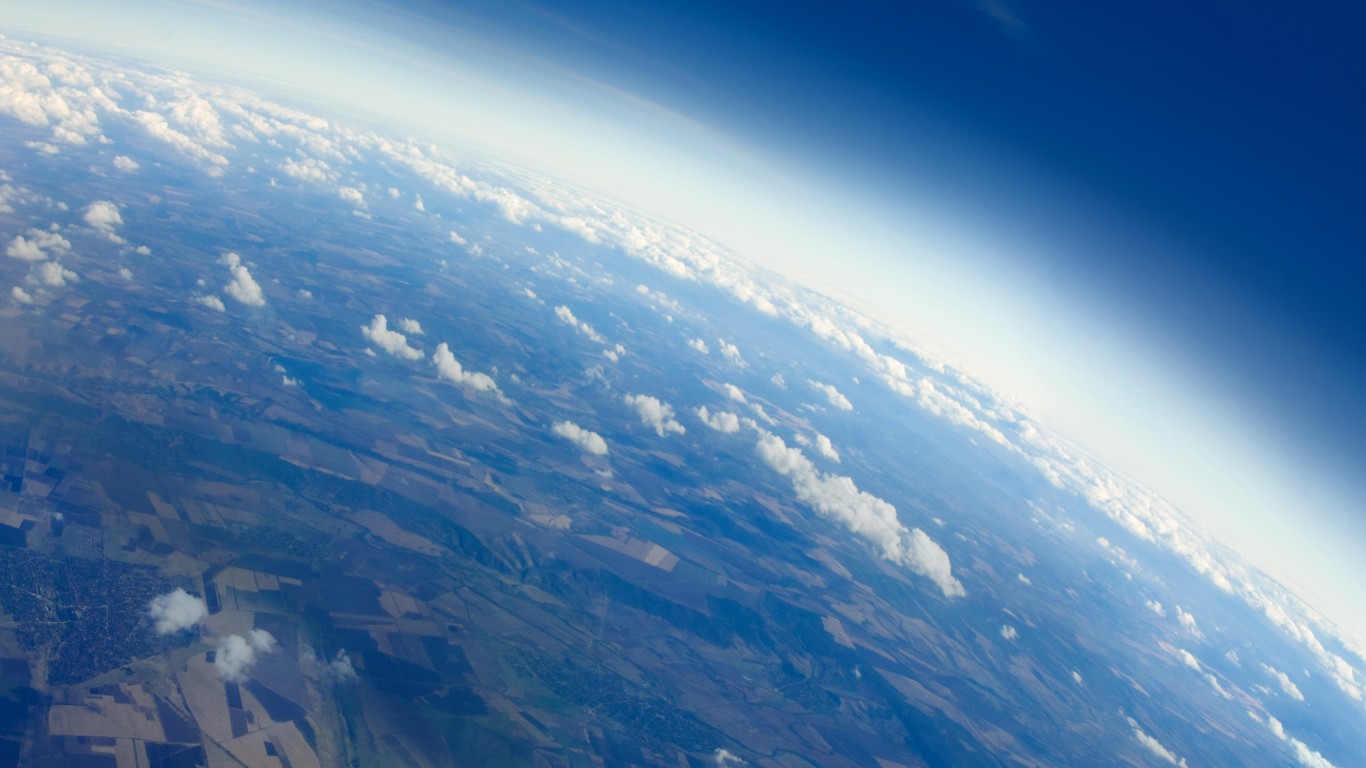
The X-37B is the latest version of the X-37 Orbital Test Vehicle (OTV). It is a robotic spaceplane. It is launched into space on a rocket and lands in a similar way to the Space Shuttle. It is used to test and demonstrate reusable space technology. It was developed by NASA before being transferred to the United States Department of Defense, and then to the Space Force.
The X-37B carries no crew and is able to reach and return from low Earth orbit. It was designed to be able to orbit for 270 days but has successfully remained in orbit for 908 days.
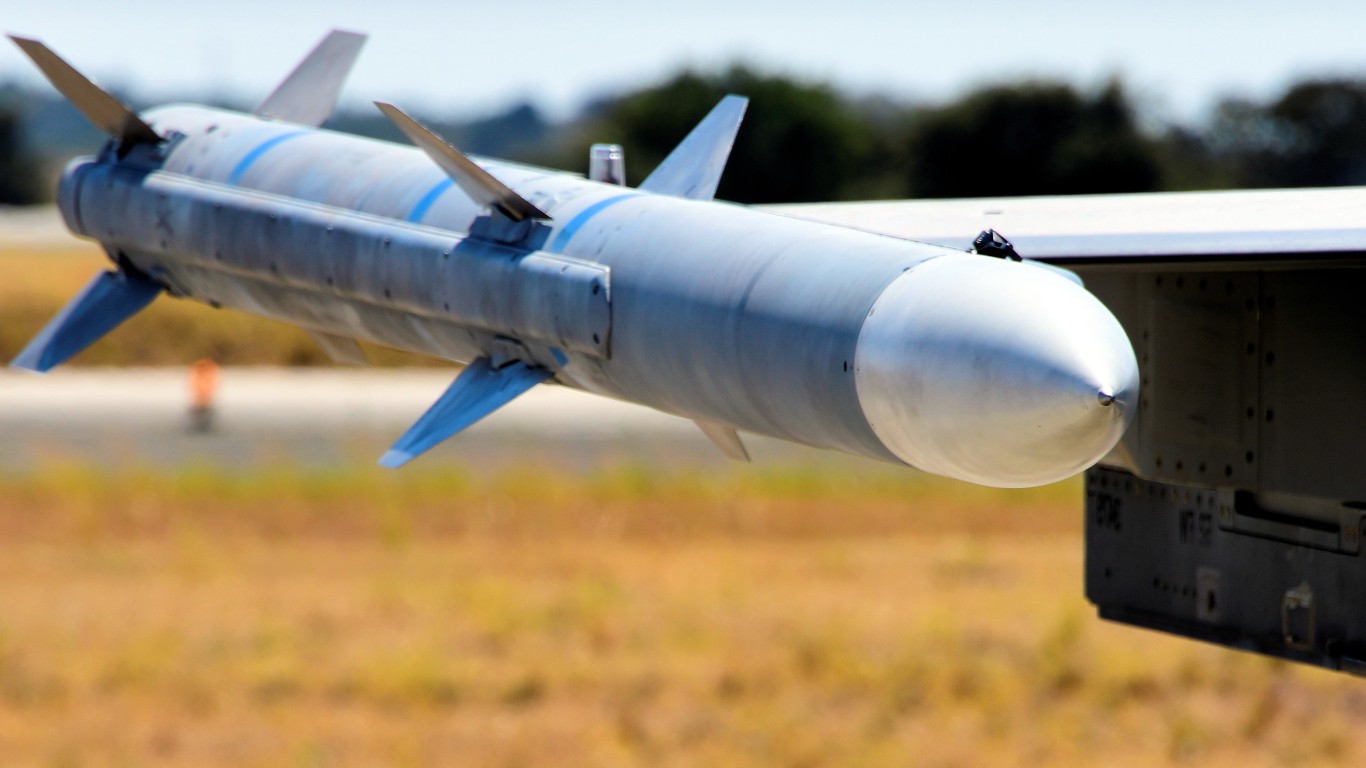
The United States Space Force uses the National Missile Defense (NMD) antimissile program that includes ground-based interceptors and other facilities designed to detect, locate, and destroy missiles intended to hit the United States.
The system incorporates anti-ballistic missiles, sea-based and space-based lasers, high-altitude missile systems, and more. It is designed to be able to counter a small attack of ICBMs from a less sophisticated adversary. It is not capable of defending against a large attack from more technologically advanced enemies.
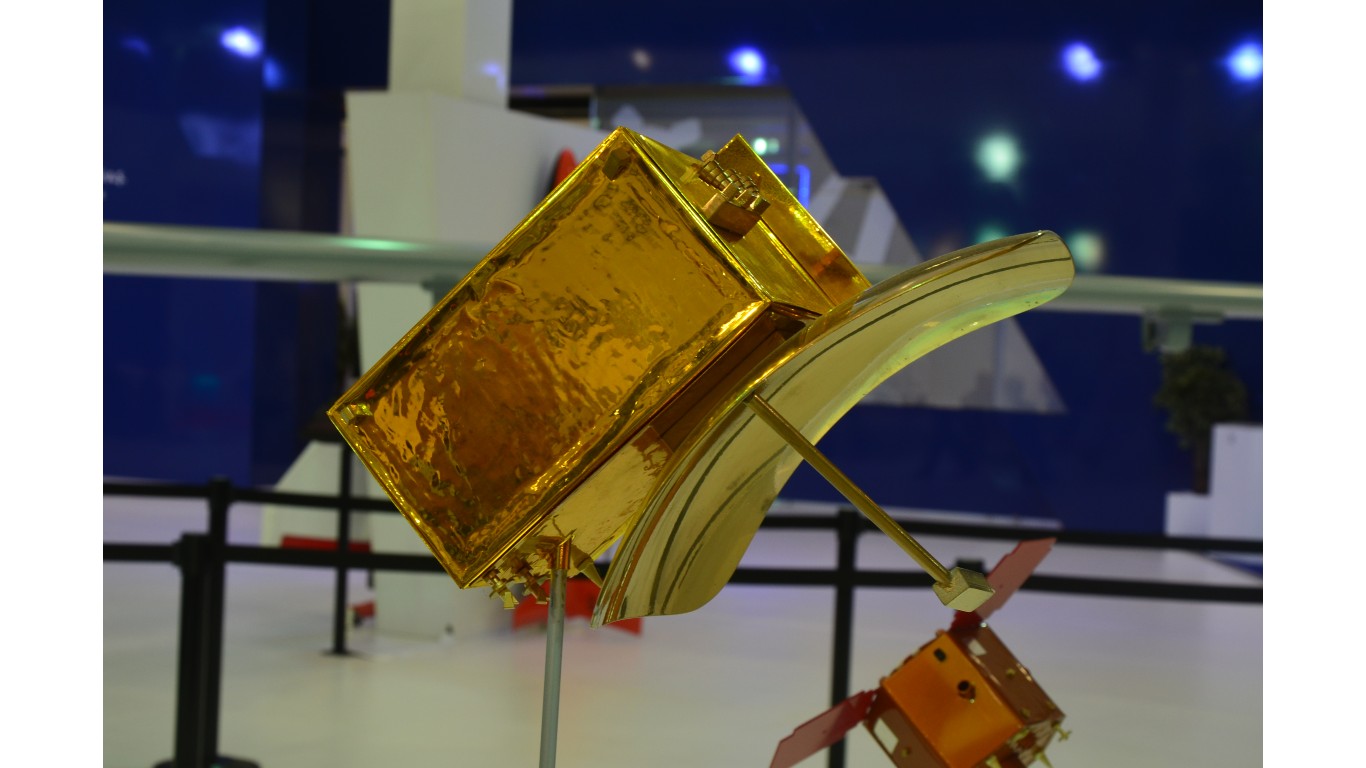
The United States Space Surveillance Network (SSN) is a larger system of equipment, sensors, teams, and tools to detect, identify, catalog, and track artificial objects in Earth’s orbit. It incorporates the earlier Space Fence system.
The SSN has several responsibilities, these include: predicting when objects will re-enter Earth’s atmosphere, preventing objects from triggering a false missile alarm, plotting anticipated paths of objects, finding new objects, maintaining a catalog of all orbiting objects, determining the ownership of every object in space, and tell NASA if an object will interfere with the International Space Station or other space installations.
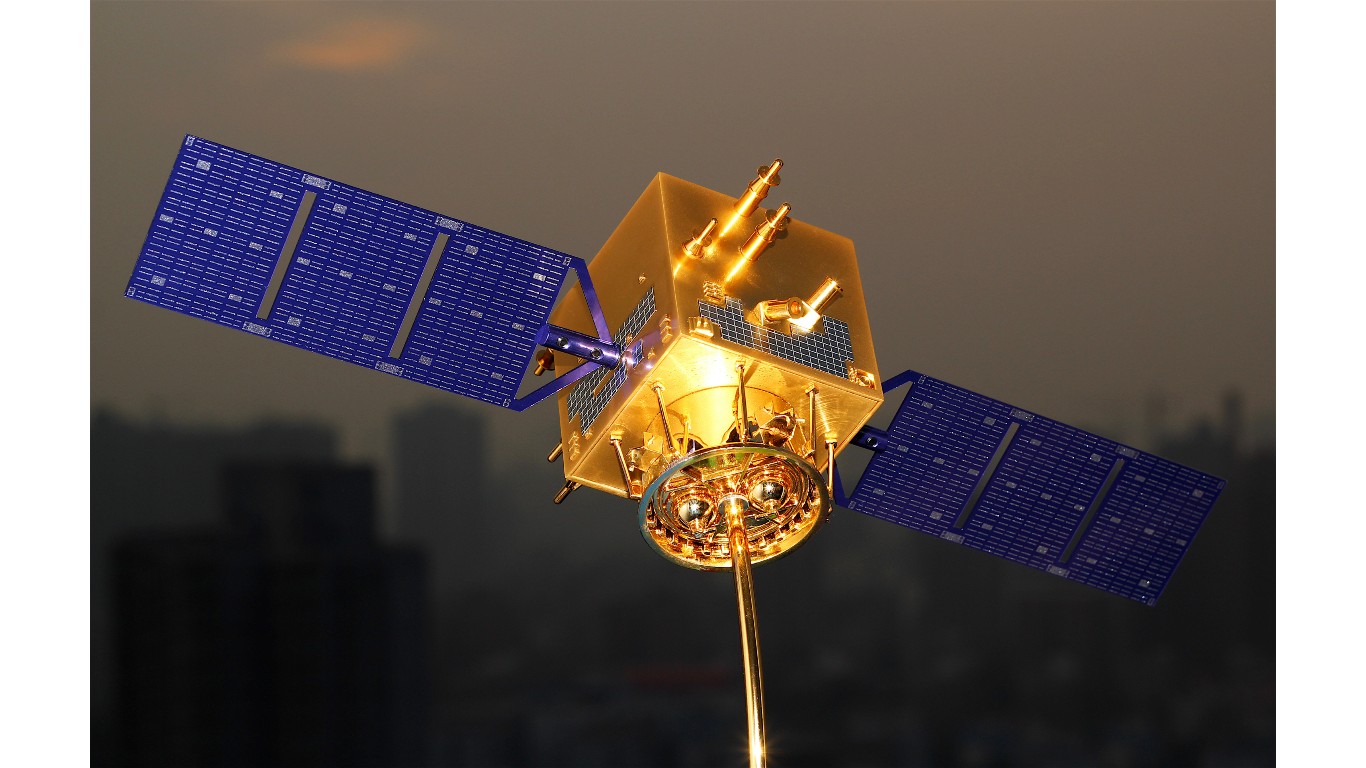
The Satellite Control Network (SCN) supports the operation, maintenance, and control of many of the satellites owned by the United States Department of Defense, and several civil or non-defense satellites. It consists of control centers, tracking stations, test facilities, and other installations.
This responsibility includes tracking, commanding, and maintaining telemetry data for all satellites. It helps support satellites reach their final orbit after launch, and provides prelaunch checks and simulations for satellites.
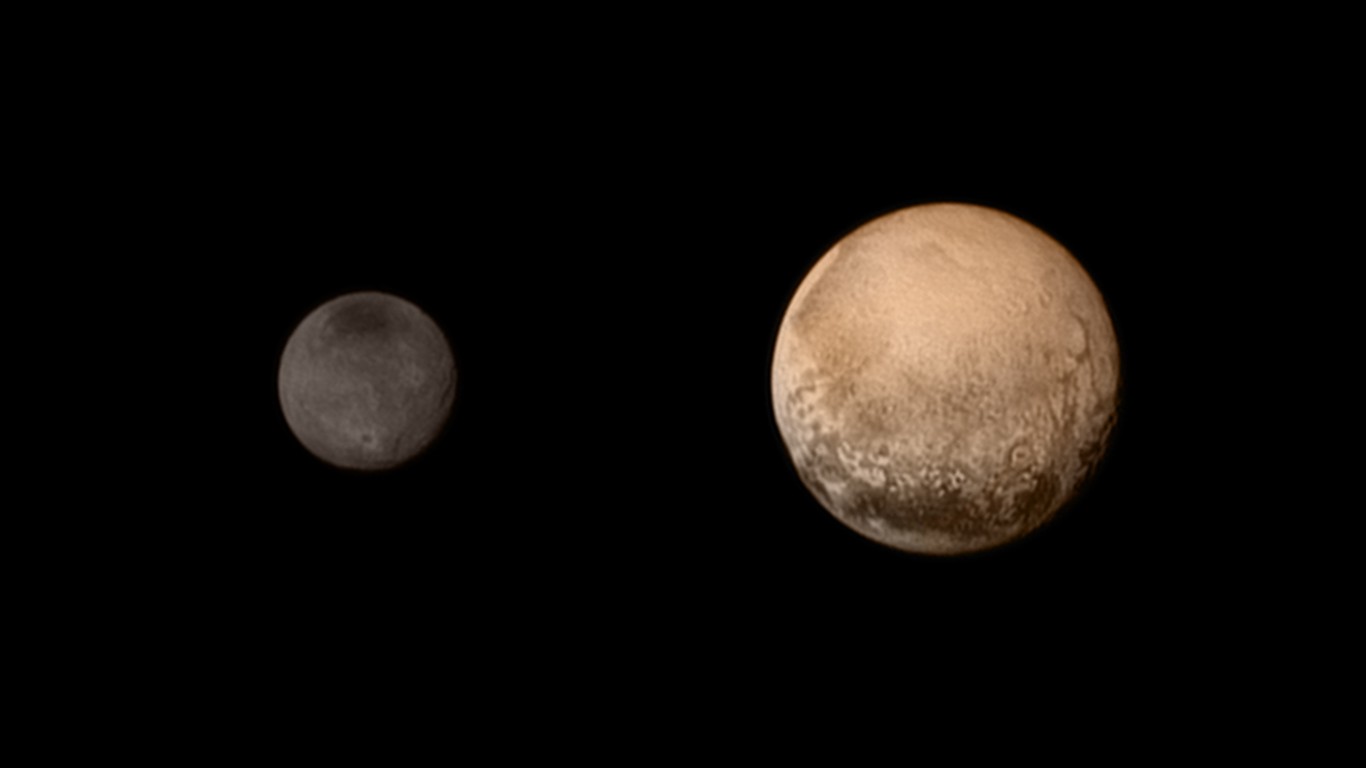
The Atlas V rocket is a single-use, medium-lift, two-stage launch system, and the fifth iteration of the Atlas launch vehicle family. The original was developed by Lockheed Martin but is not operated by United Launch Alliance. It is exclusively used for carrying Department of Defense, NASA, and commercial payloads into orbit, and is the longest-serving rocket in America.
It costs between $110 and $153 million to launch the Atlas V, and it has a 100% mission success rate.
The Atlas V is already scheduled to be retired, and only 17 launches remain as of January 2024. It will be replaced by the Vulcan Centaur rocket.

The Electron rocket is a two-stage, partially recoverable launch vehicle developed by Rocket Lab. It was developed especially to carry small satellites into space since larger rockets were far too expensive and wasteful for small payloads.
While the rocket was designed to be completely expendable, Rocket Lab has actually recovered the first stage of the vehicle twice and is working to make it reusable, which would make the rocket even cheaper to use. Electron has launched 41 times in total and only failed 4 times.
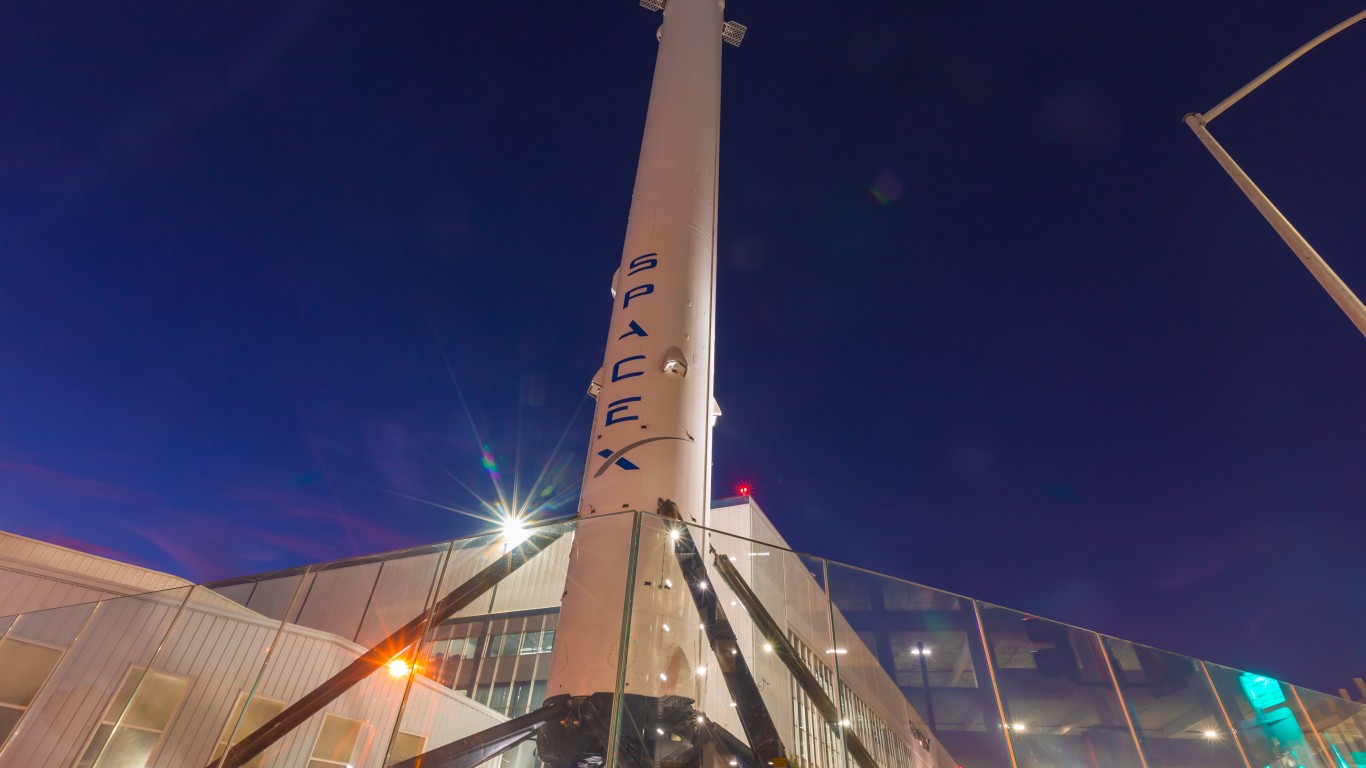
The Falcon 9 is a reusable medium and heavy-lift vehicle developed by SpaceX. The Falcon 9 was the first commercial rocket to resupply the International Space Station and remains the only commercial vehicle to launch humans into Earth’s orbit. It is the only rocket in the United States that is certified to carry humans to the International Space Station and has the most launches of any rocket in history along with the best safety record with only one failure.

The Falcon Heavy is a reusable heavy to super heavy-lift launch vehicle also developed by SpaceX. The vehicle actually consists of two Falcon 9 boosters attached to a center core. It has the second-highest payload capacity of any rocket currently in service, coming in right behind the Space Launch System by NASA.
The Falcon Heavy is most famous for carrying a Tesla Roadster with a mannequin named “Starman” into space.
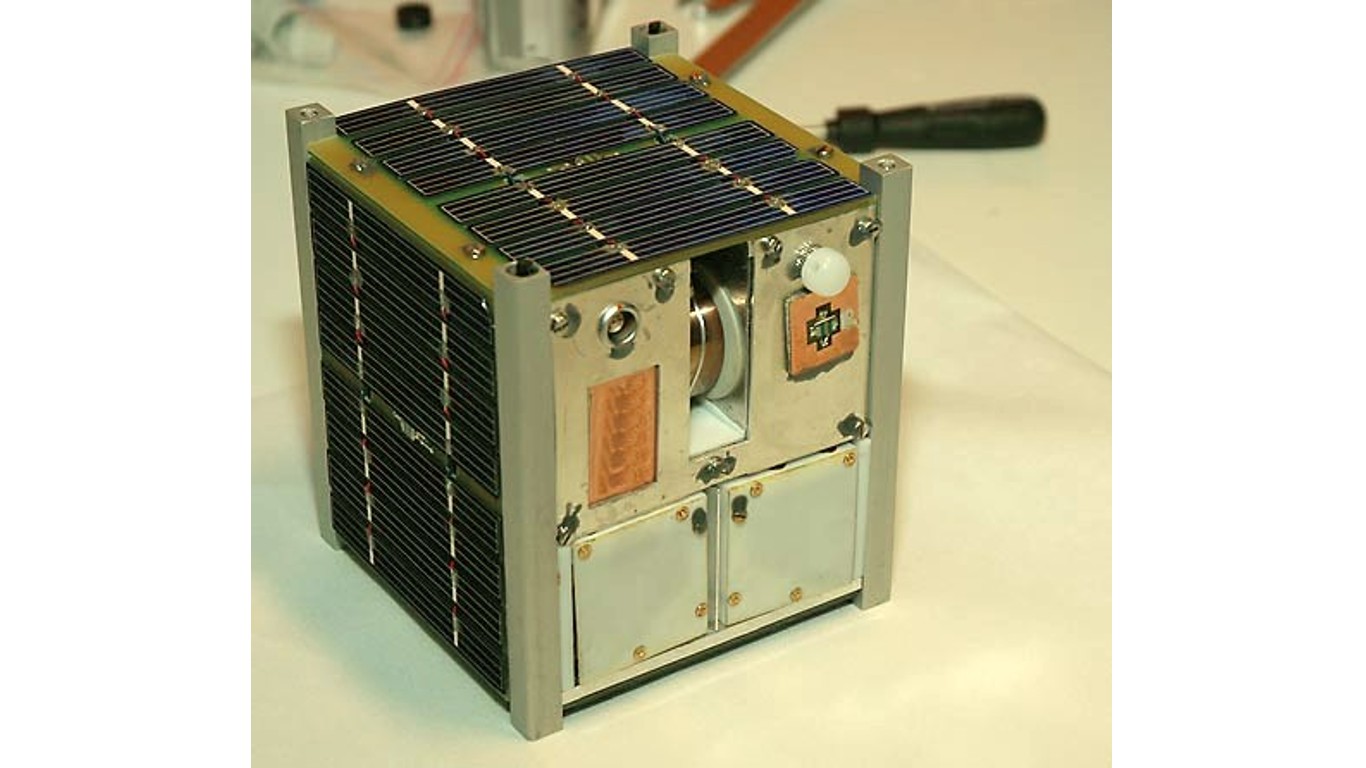
The Pegasus is another small-lift launch vehicle developed by Orbital Sciences Corporation. It was the first privately developed launch vehicle in the world capable of reaching orbit. The first Pegasus was launched in 1990.
Unlike the other launch vehicles on this list, the Pegasus rocket is released from a carrier aircraft before igniting its engines. This launch occurs around 39,000 feet above sea level. The Pegasus has carried small satellites into orbit for the Space Force.

It is impossible to include everything that the Space Force has in development or is planning to use in the future, but we do have some information about systems and technology that will become active in the near future.
First, a new monitoring system called the Deep Space Advanced Radar Capability will better track objects that are in geosynchronous orbit around Earth. Second, a spacecraft called Oracle is intended to reach a point between the Earth and the Moon and monitor objects that pass through or operate within this region of space. Third, a program called Arachne is the centerpiece of a program called the Space Solar Power Incremental Demonstrations and Research Project. The point of this project is to test, prove, and develop space-based solar power transmission systems. These systems would be used to power future forward operating bases.
Credit card companies are at war, handing out free rewards and benefits to win the best customers. A good cash back card can be worth thousands of dollars a year in free money, not to mention other perks like travel, insurance, and access to fancy lounges. See our top picks for the best credit cards today. You won’t want to miss some of these offers.
Flywheel Publishing has partnered with CardRatings for our coverage of credit card products. Flywheel Publishing and CardRatings may receive a commission from card issuers.
Thank you for reading! Have some feedback for us?
Contact the 24/7 Wall St. editorial team.